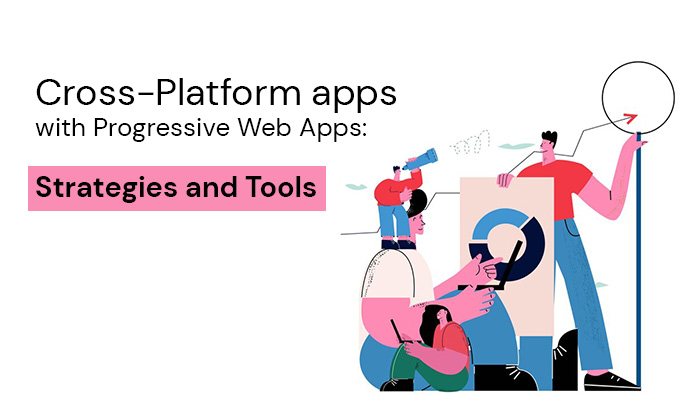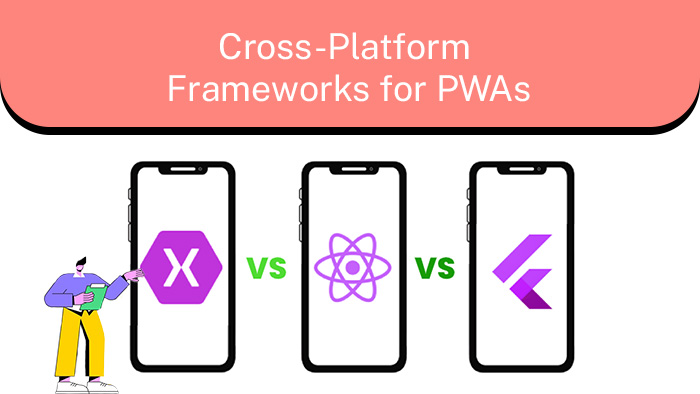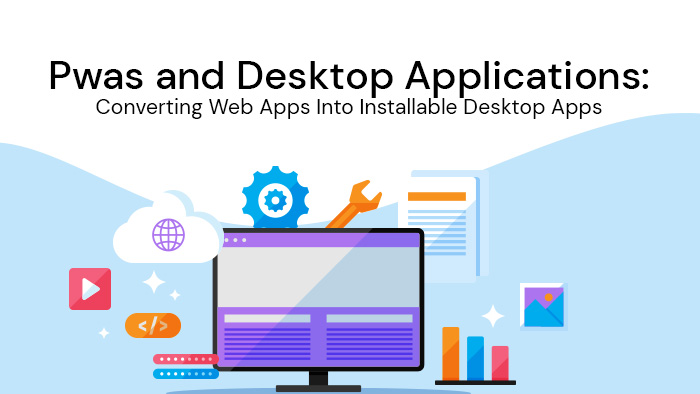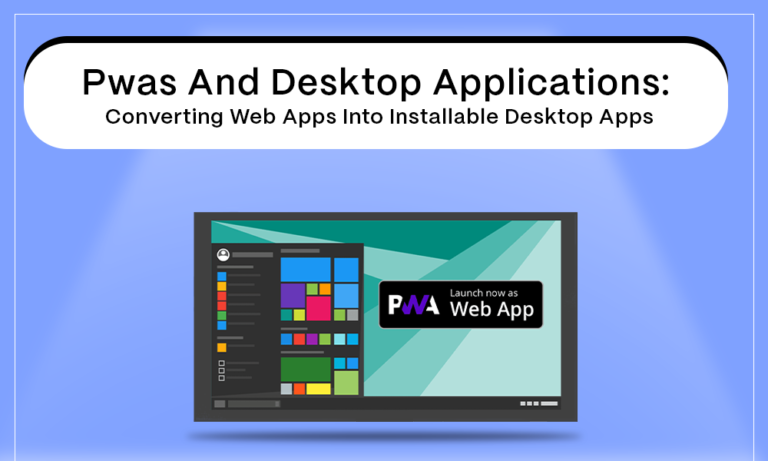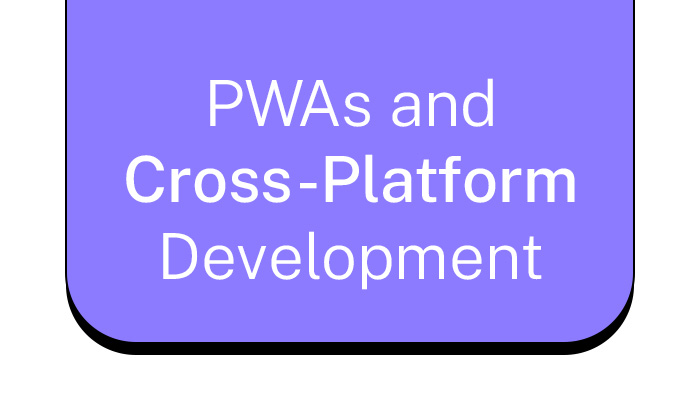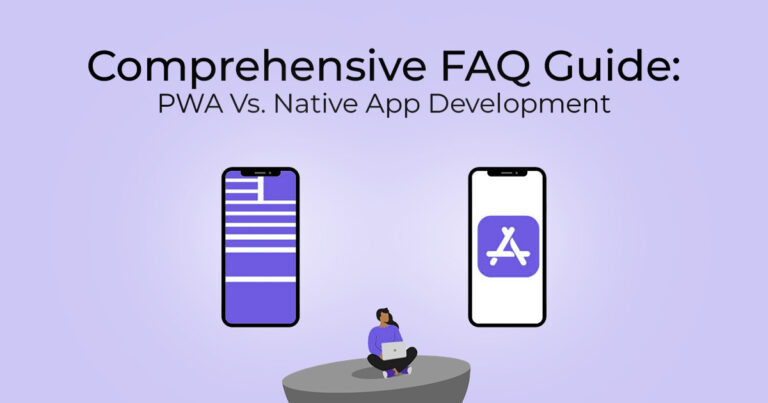
Comprehensive FAQs Guide: PWA vs. Native App Development: Pros, Cons, and Use Case Considerations
Benefits of PWAs: Question 1: What are the key advantages of Progressive Web Apps (PWAs) compared to native apps? Progressive Web Apps offer a range of advantages over native apps: Cross-Platform Compatibility: PWAs are built using web technologies, enabling them to work seamlessly across different platforms and devices. This eliminates the need to develop separate versions for iOS and Android. Easy Accessibility: Unlike native apps that require installation from app stores, PWAs can be accessed directly through web browsers. This reduces friction for users and encourages higher adoption rates. Automatic Updates: PWAs are automatically updated whenever users access them, ensuring that everyone uses the latest version. This eliminates the need for users to manually update the app. Discoverability: PWAs can be indexed by search engines, making them discoverable through web searches. This significantly improves their visibility and reach compared to native apps. Lower Development Costs: Developing a single PWA for multiple platforms can be more cost-effective than building separate native apps, especially when considering development
